Welding is the method of joining metals together, it is heat and pressure are used to fuse the metals together.

Welding has its list of hazards including fire, metal splatter, electric shock, explosion, harmful gases, radiation, and more. The sparks and metal splatter flying from your welder can cause skin burns and eye injuries. There are multiple OSHA regulations put in place because welder safety is important.
The most common types of welding are oxygen and arc cutting. Oxygen heats the metal using a gas flame and an oxygen jet. Arc uses the intense heat of an electric arc to melt the metal away.
Fire prevention is one of the most obvious safety concerns. Any fire hazards should be removed from your work area, guards will need to be used if removing a fire hazard is just not possible and there should be restrictions set in place on your work site if you cannot remove the fire hazard or move the object you will be welding.

Because of the sparks flying from the welder, you will need to protect any combustible materials near your workspace or that may be accessible from sparks flying through openings in the wall or floors. Keep your fire extinguishers near and ready for use when welding. Make sure you are keeping an eye on your work area for at least another 30 minutes after welding. A minor fire can cause more than minor problems if you have combustible materials nearby.
Combustible materials need to be moved 35-feet away from your welder location and if you are working on a combustible floor type and walls, take special precautions to wet and protect the floor or walls, avoiding the possibility of a fire. As stated above, if you cannot move the combustible materials you must protect them by shielding them from welding sparks.
SAFETY TIP: It is always best to remove the combustible or your welding project from the area giving you the 35-feet to work with.
OSHA states it is up to management to establish proper areas and procedures when designating an individual responsibility to ensure the training of that individual. This person will also advise contractors and any others necessary of the potential hazards in the area.

Eye protection and protective gear must be worn by any person welding or nearby another person who is welding, protecting them from welding rays. When working in a confined space you must have proper ventilation. Ventilation must not be restricted by any screens and is required in spaces under 10,000 feet per welder and in rooms where ceilings are lower than 16-feet.
Damaged or spliced cables may not be used, and your equipment must be replaced. Cables must be joined properly and have adequate insulation.
These are some of the more obvious safety concerns when welding, do you know of any hazards or safety concerns we missed? Leave them in the comments below.



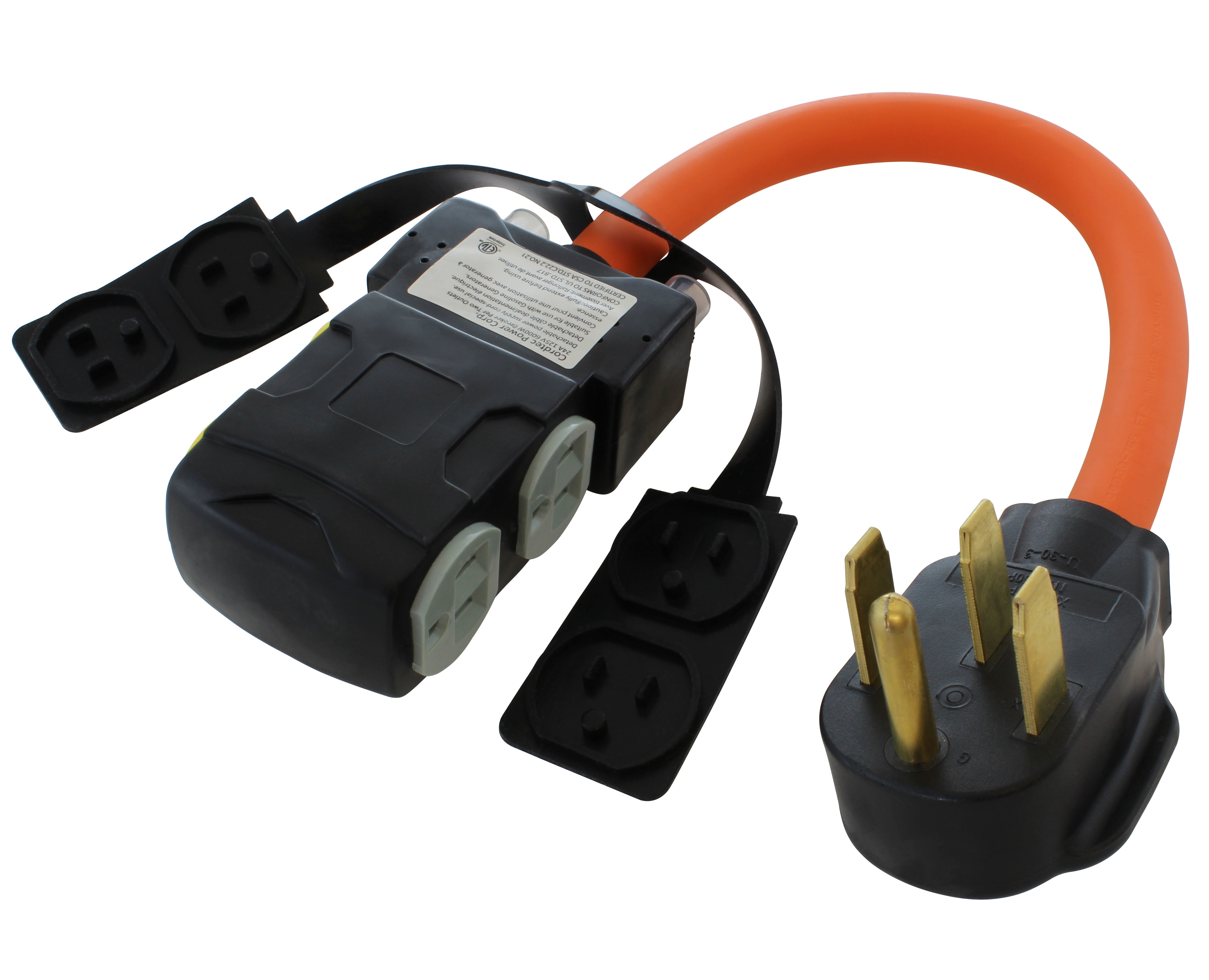
![AC WORKS® [ASINSS2PBX-G] 50A Locking 4-Wire CS6375/ SS2-50 Heavy-Duty Transfer Switch Inlet Box](http://acworks.com/cdn/shop/files/ASINSS2PBX-0_0206b362-7c90-42a5-8754-0685c13dab7e.jpg?v=1758051675&width=2500)

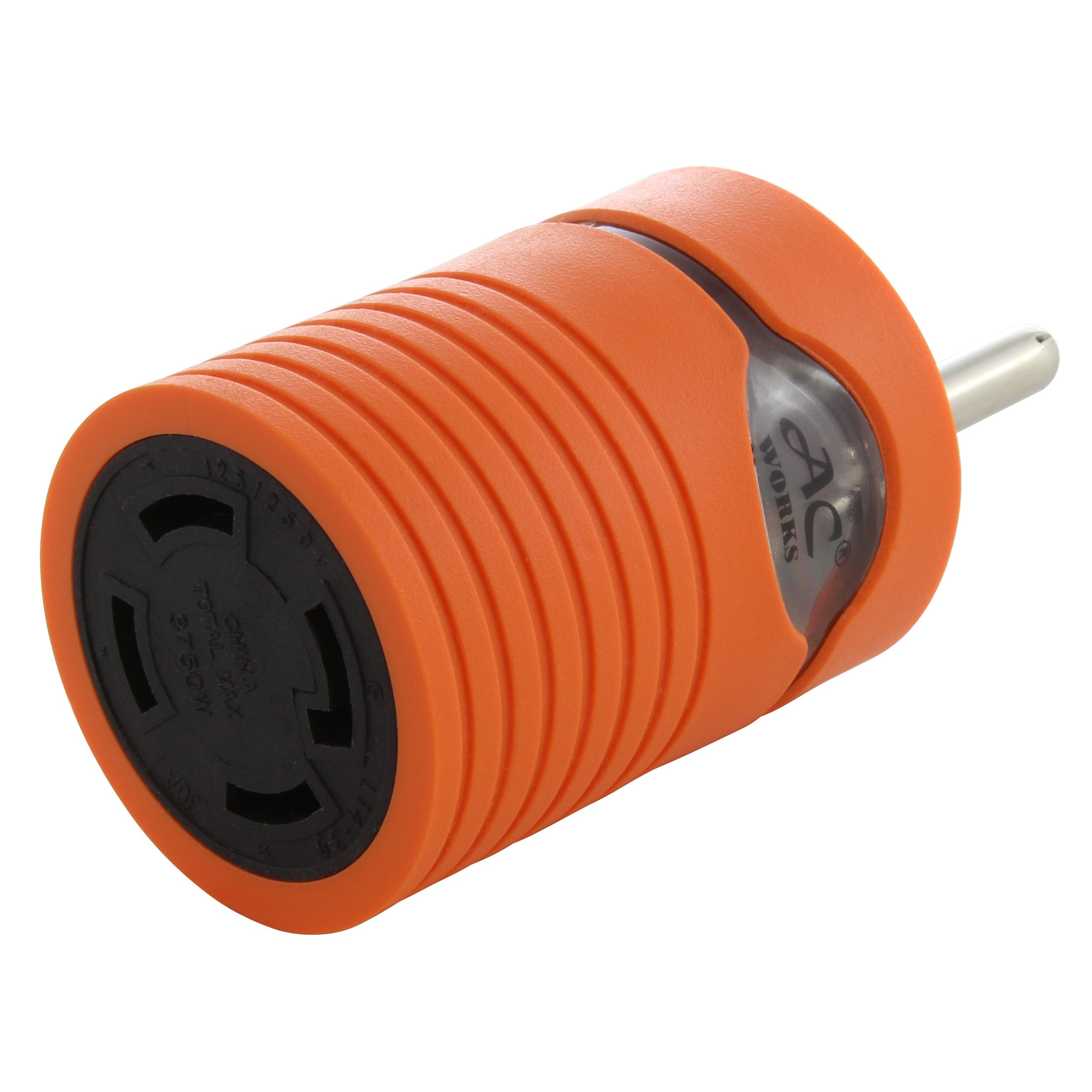
![AC WORKS® [S1430CBF520] 1.5FT 14-30P 4-Prong Dryer Plug to (4) Household Outlets with 24A Breaker](http://acworks.com/cdn/shop/products/S1430CBF520.jpg?v=1666103519&width=4656)
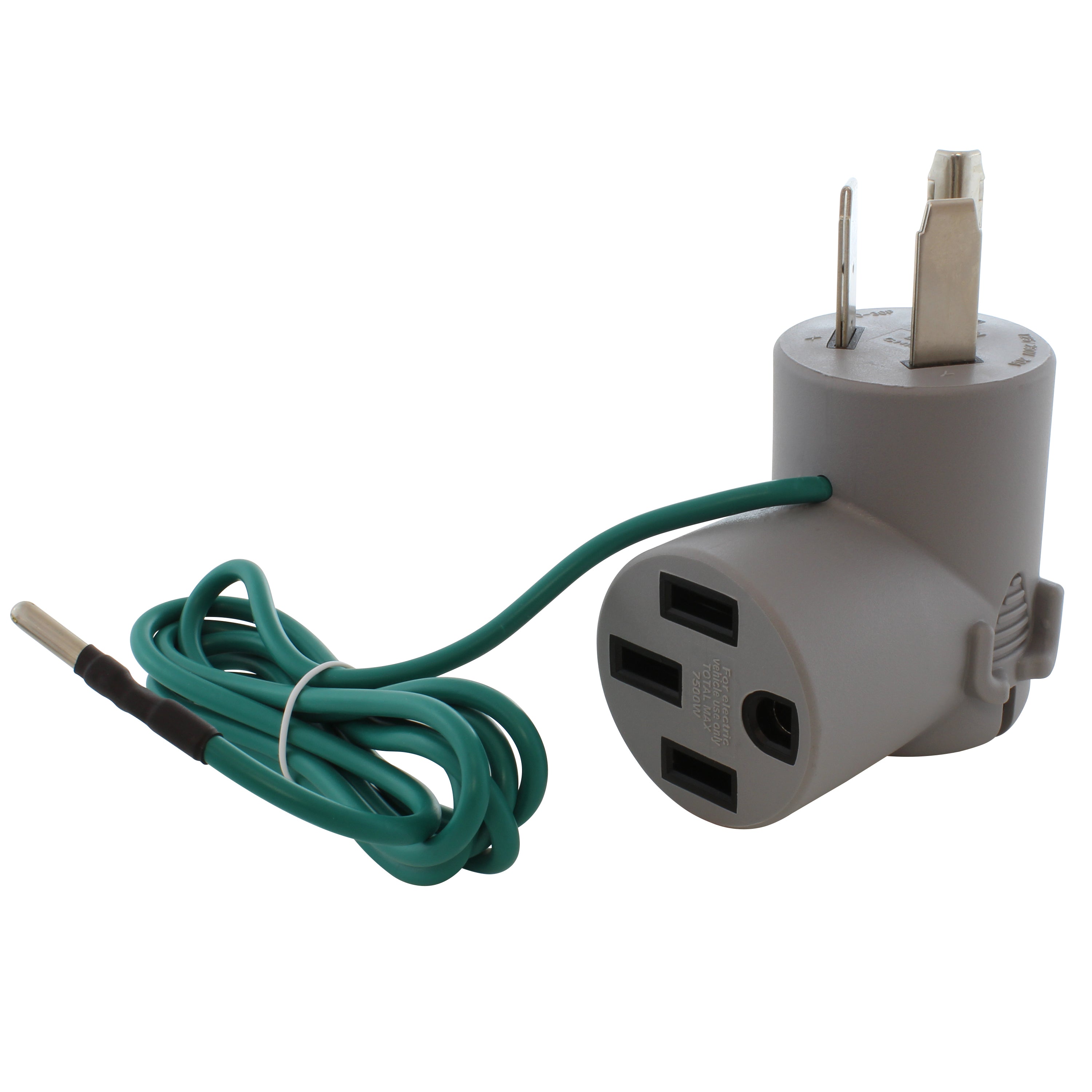
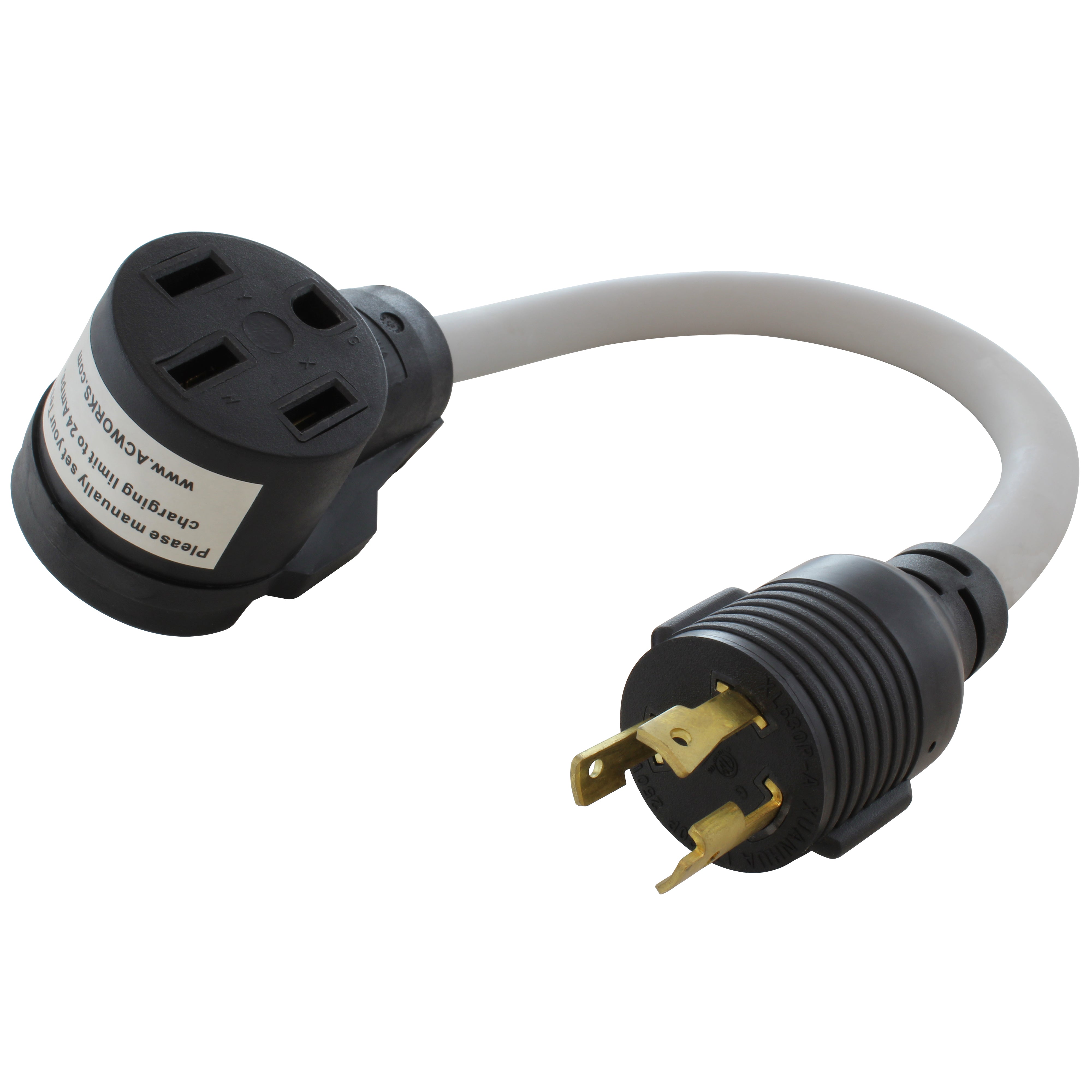
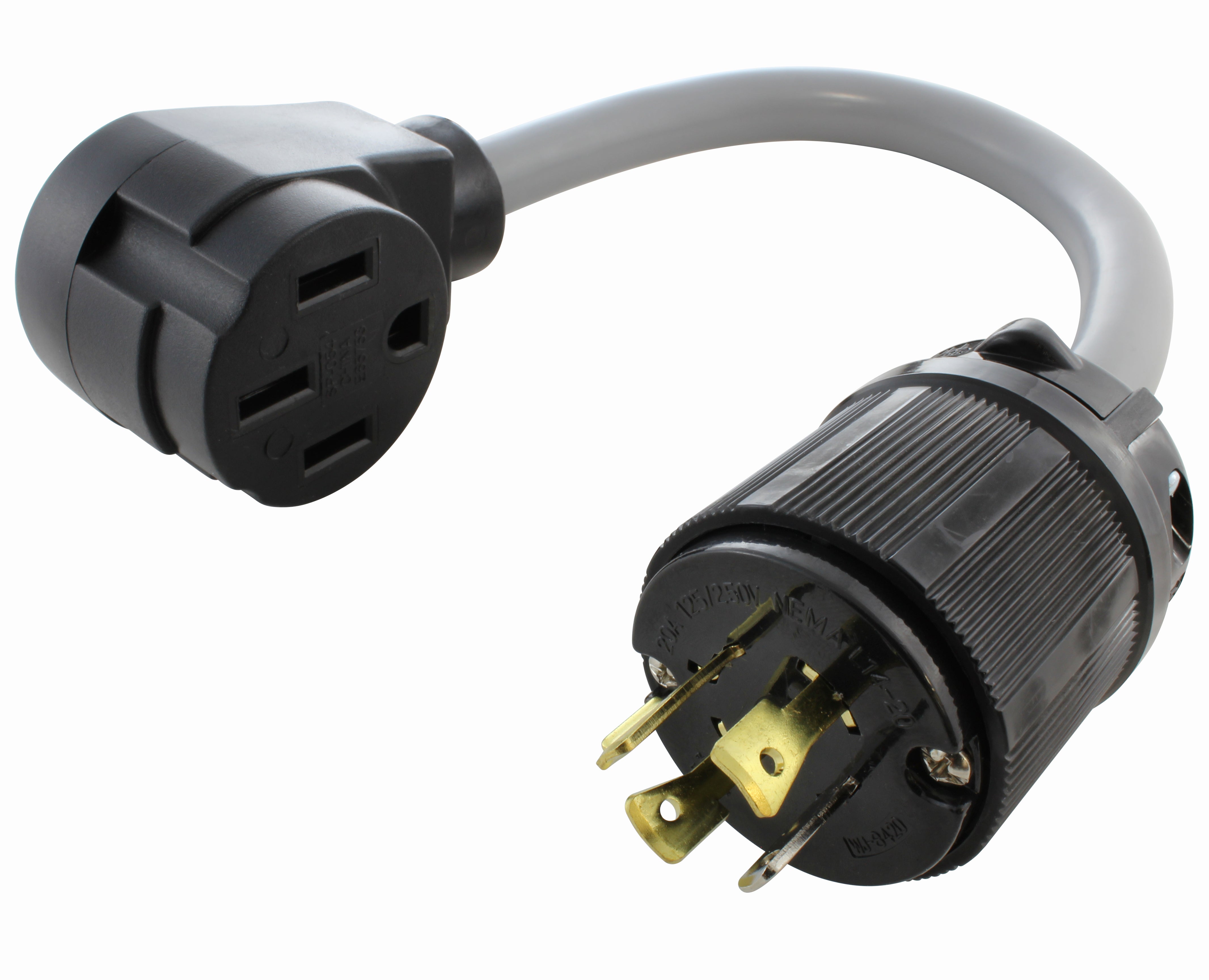

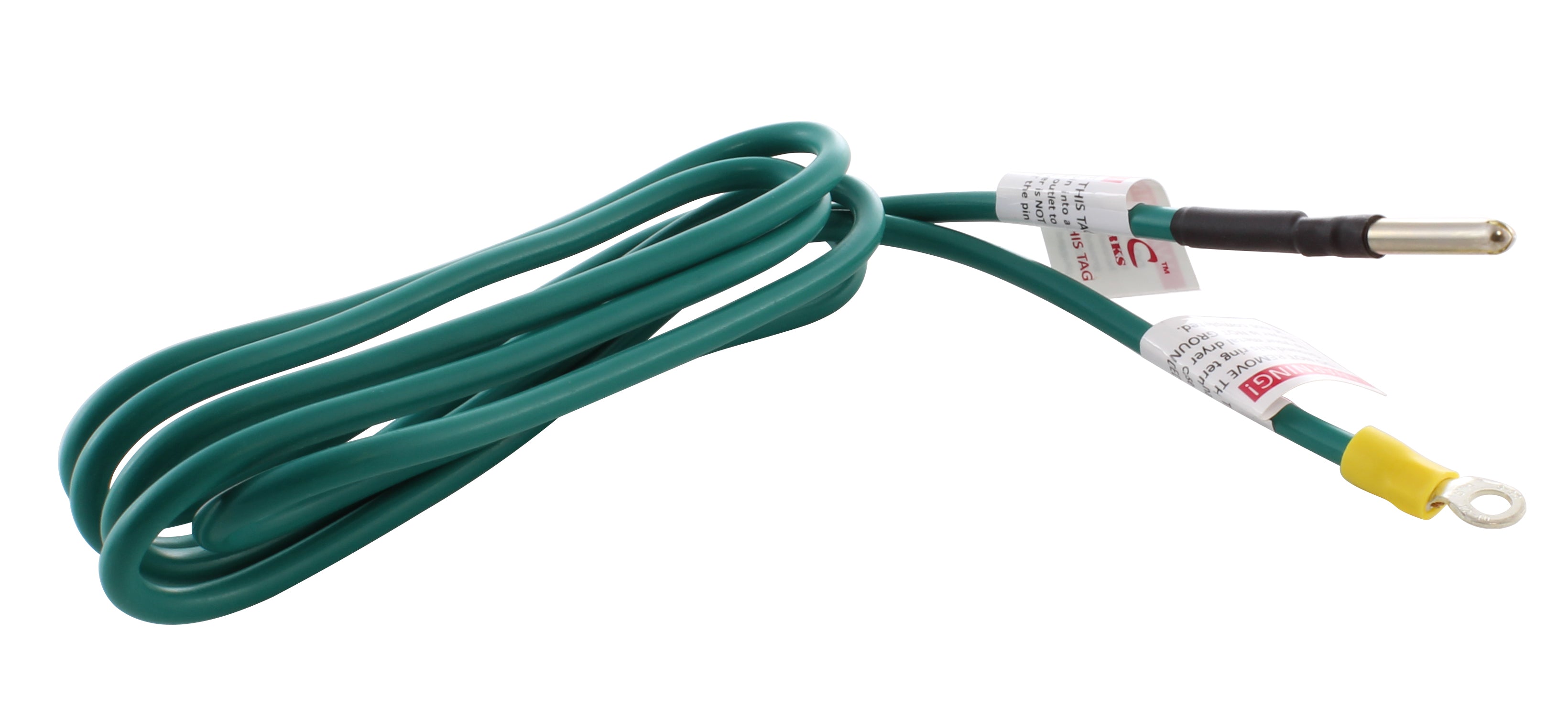

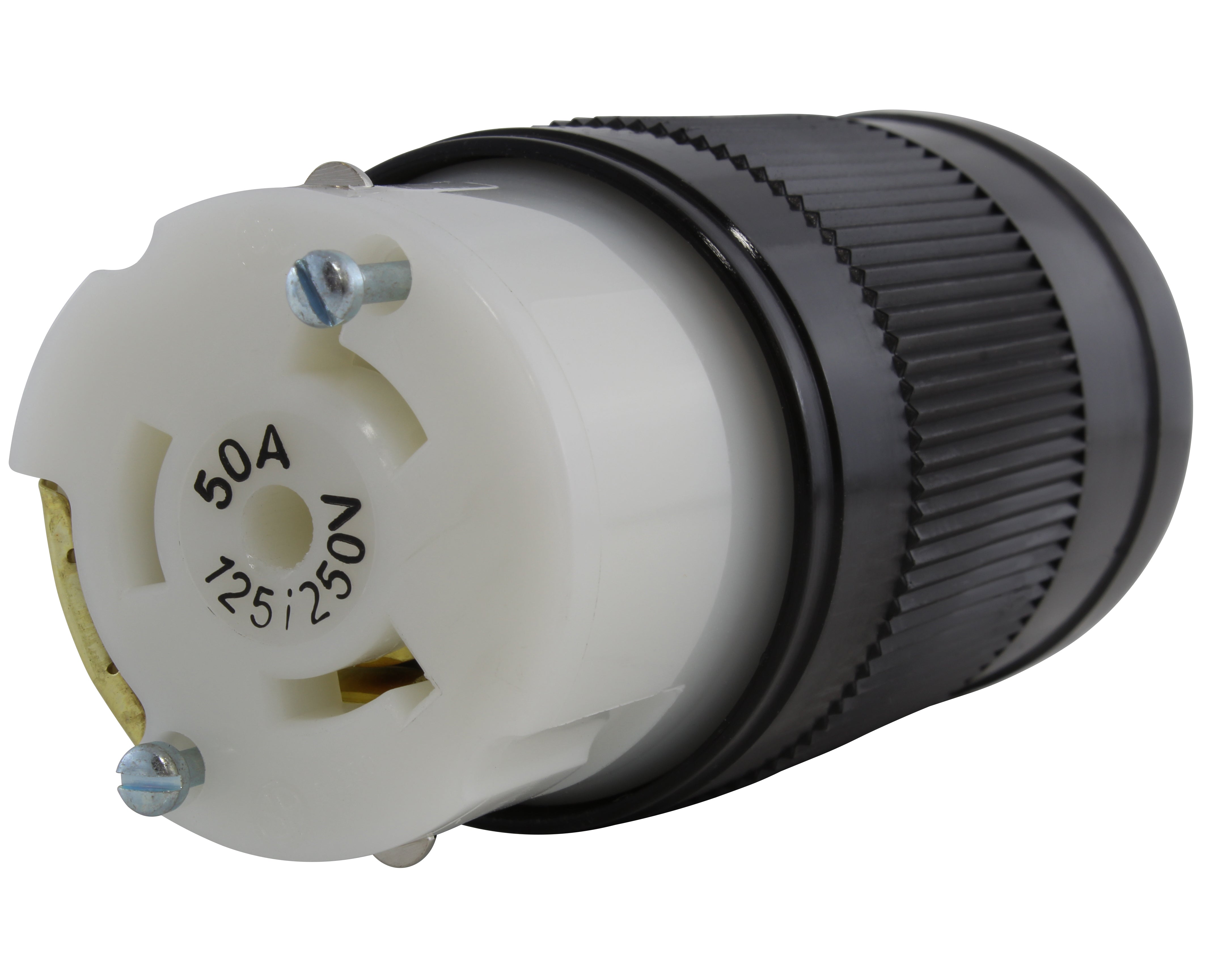


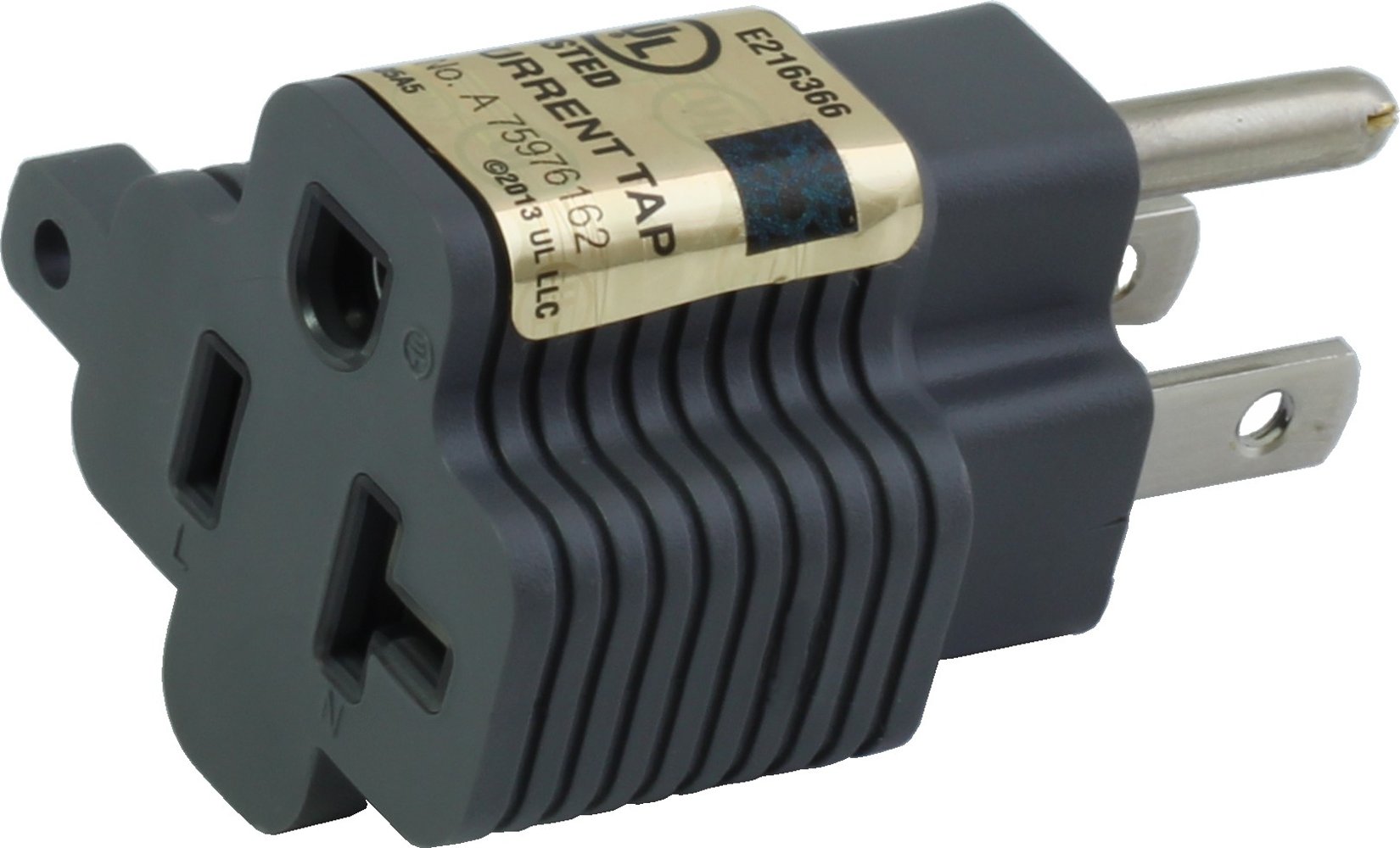
![AC WORKS® [ADV104] 3-Prong Heavy-Duty V-DUO Household Outlet Adapter](http://acworks.com/cdn/shop/products/ADV104-0.jpg?v=1605738768&width=3128)
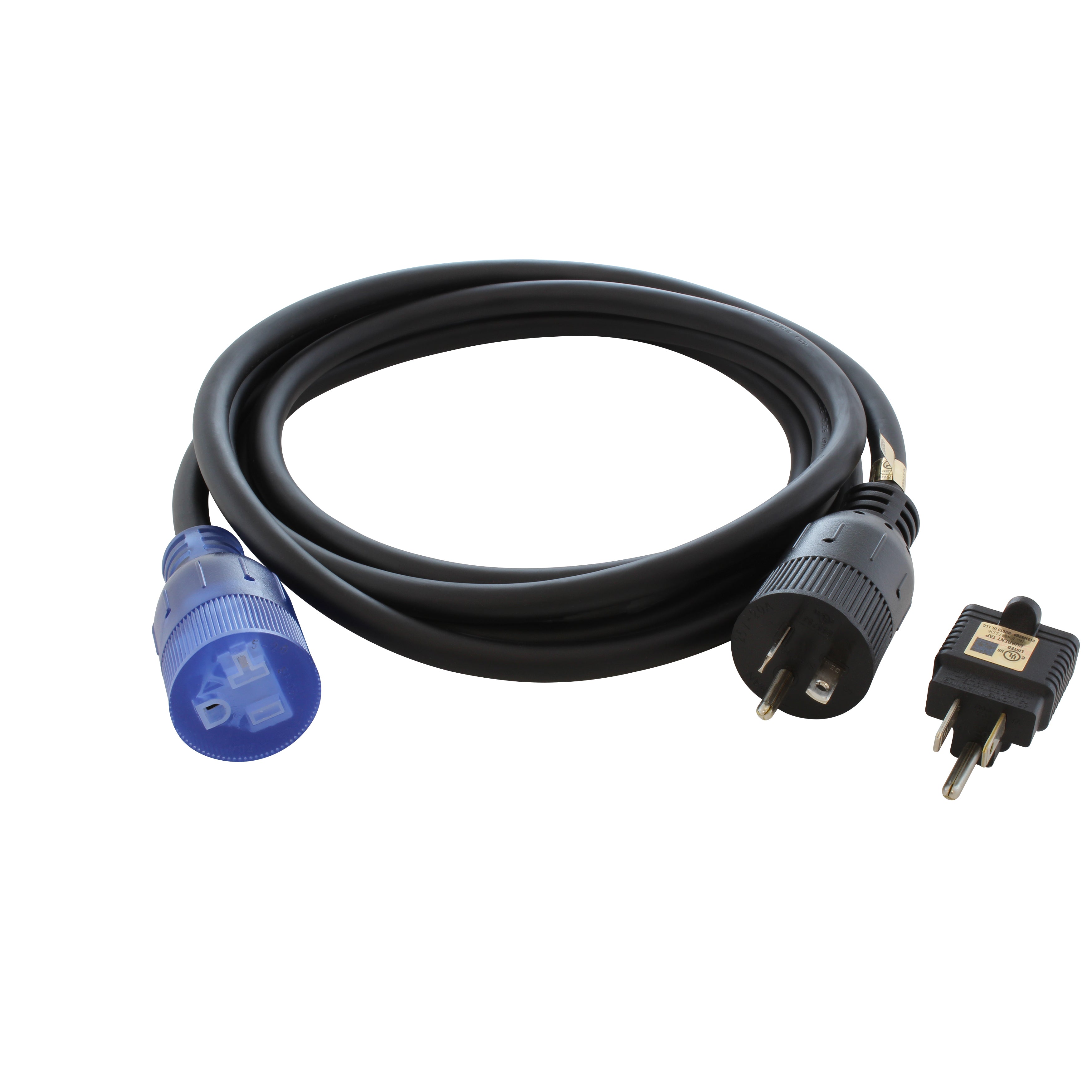
![AC WORKS® [XH515520] 15A to 15/20A 125 Volt Plug Adapter with ETL Safety Approval](http://acworks.com/cdn/shop/files/XH515520-0_daea425a-f439-48df-bb75-052167057f12.jpg?v=1729091519&width=2500)

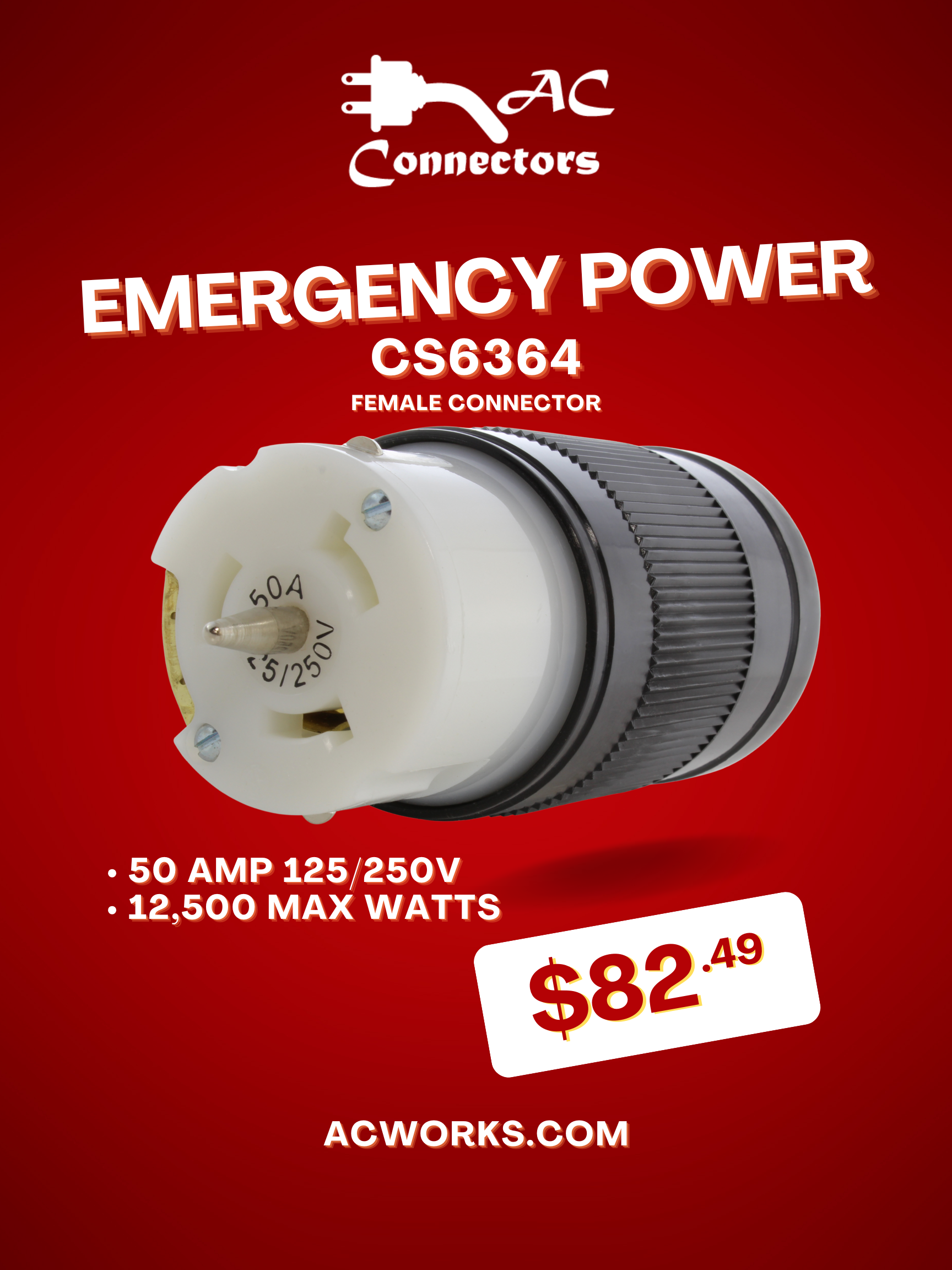

Share:
Modern Gray for a Modern Age
How to Power your Home after a Hurricane Strikes: Part Two
1 comment
It’s helpful to know that professional welders must keep fire extinguishers near and ready to use when welding. My uncle needed to find a welder to help build a fencer around his commercial property next week, so I’ll email your tips to him right now. Thanks for the information on welder safety best practices that match OSHA’s regulations. http://www.globalmetalworks.com/parts-processing